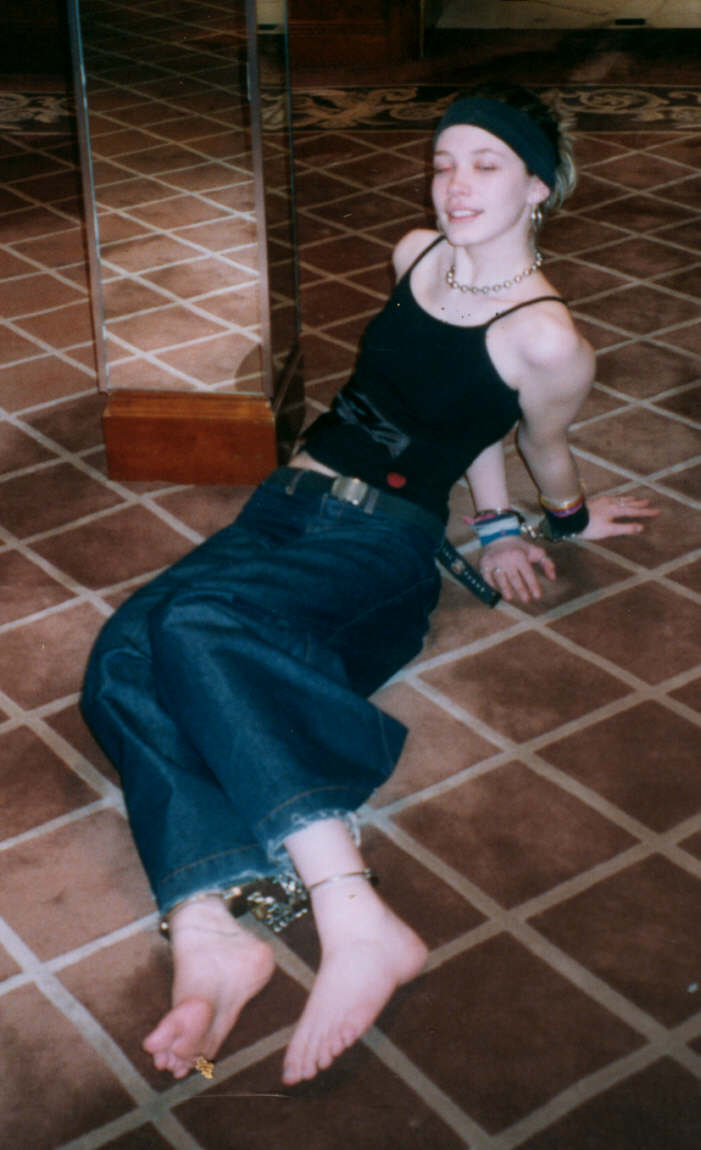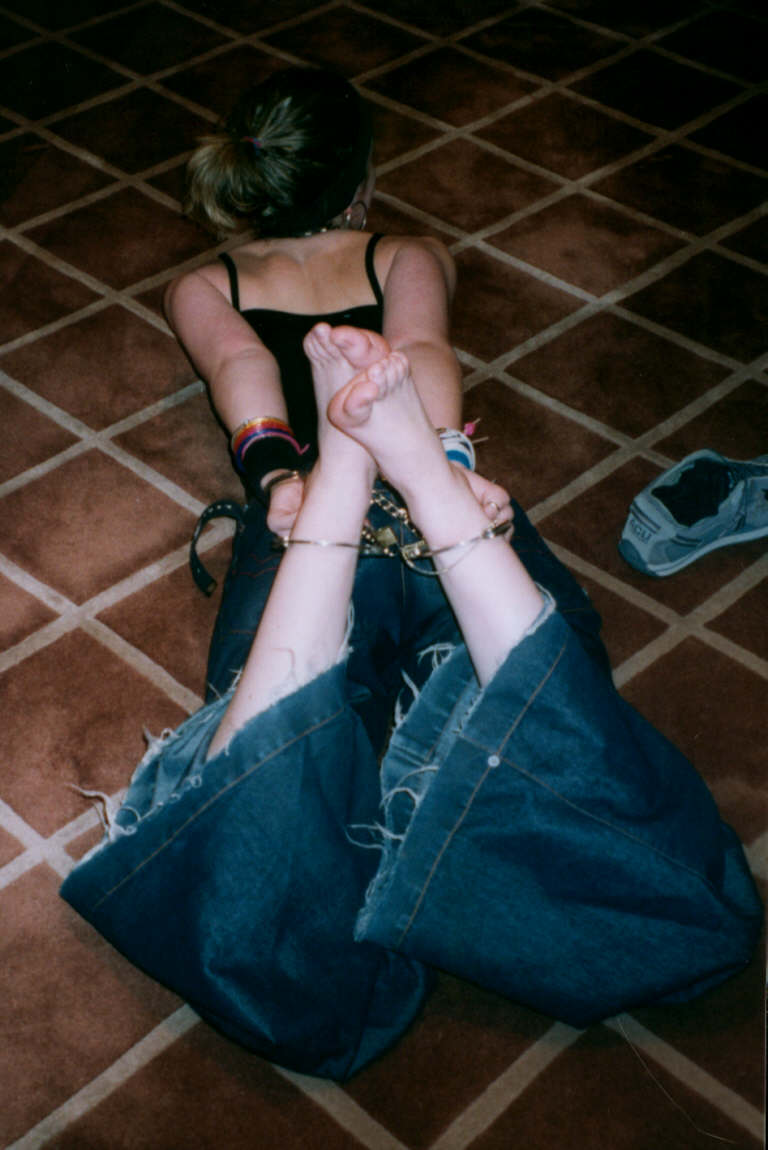In a world filled with diverse cultures and traditions, the concept of "tie feet" stands out as a fascinating topic that embraces both historical significance and modern interpretations. This intriguing practice, often associated with various cultural rituals and beliefs, has sparked curiosity among anthropologists, historians, and individuals alike. The term "tie feet" can evoke a range of emotions and thoughts, from the aesthetic to the symbolic, as it encompasses various aspects of human experience.
Throughout history, many cultures have adopted unique practices that may seem strange to outsiders but hold deep meanings within their communities. The art of tie feet is one such practice that has evolved over time, transcending its original purpose and finding relevance in contemporary society. This article aims to shed light on the intricacies surrounding tie feet, exploring its historical roots, cultural significance, and how it has adapted to modern perspectives.
As we delve deeper into this topic, we will address some of the most pressing questions regarding tie feet. What does this practice entail? How did it originate, and why is it still relevant today? By understanding the multifaceted nature of tie feet, we can appreciate its place in human history and culture, ultimately fostering a greater sense of respect for the diverse practices that shape our world.
What is the History of Tie Feet?
The history of tie feet is rich and varied, with roots that can be traced back to several ancient civilizations. One of the most notable instances of this practice is found in China, where foot binding was a common tradition among the upper classes for centuries. This practice involved tightly wrapping the feet of young girls to prevent them from growing, resulting in small, delicate feet that were considered a symbol of beauty and status. However, this practice has been widely criticized for its harmful effects on women's health and autonomy.
Is Tie Feet Still Practiced Today?
While the practice of foot binding has largely been abolished, remnants of tie feet can still be observed in some cultures. In various parts of Africa and Asia, certain communities continue to engage in forms of body modification, including binding feet for aesthetic or cultural reasons. These practices may vary significantly, reflecting the diverse beliefs and values held by different societies.
How Has Tie Feet Evolved Over Time?
As societies have progressed and modernized, the concept of tie feet has transformed. In contemporary culture, the idea of tying feet is often associated with fashion and body art. Many individuals now embrace the concept as a form of self-expression, using binding techniques to create unique and stylish looks. This evolution highlights the adaptability of cultural practices and the ways in which they can be reinterpreted to fit modern sensibilities.
Who Are Some Influential Figures Associated with Tie Feet?
Throughout history, several influential figures have been associated with the concept of tie feet, each contributing to the dialogue surrounding this practice. These individuals often challenge the traditional views and norms, advocating for change and reevaluation of cultural practices.
What Are the Personal Details of Key Figures in Tie Feet History?
| Name | Birth Year | Nationality | Contribution |
|---|---|---|---|
| Wang Ying | 1850 | Chinese | Advocate against foot binding |
| Dr. Wu Lien-teh | 1879 | Malaysian | Medical reformer, spoke against foot binding |
| Yin Hong | 1970 | Chinese | Modern artist exploring themes of body modification |
How Do Tie Feet Practices Reflect Cultural Identity?
For many communities, tie feet practices serve as a means of expressing cultural identity. These rituals often symbolize a connection to heritage, community values, and social status. By participating in these practices, individuals reinforce their ties to their culture and contribute to the preservation of their traditions.
What Are the Health Implications of Tie Feet Practices?
The health implications of tie feet practices have been widely debated. Historical accounts of foot binding reveal the severe physical consequences faced by women, including chronic pain, disability, and complications during childbirth. Today, modern interpretations of tie feet, particularly in the context of fashion, also raise concerns about the potential risks associated with body modification.
What Can Be Learned from the Tie Feet Tradition?
The exploration of tie feet offers valuable lessons about the complexities of cultural practices. It encourages us to critically examine the meanings and implications behind our traditions, prompting discussions about beauty standards, health, and individual autonomy. By learning from the past, we can cultivate a more inclusive understanding of cultural diversity and the significance of various practices.
How Can We Respectfully Approach Tie Feet Practices?
Approaching tie feet practices with respect and understanding is crucial. This involves acknowledging the historical context, listening to the voices of those directly impacted by these practices, and advocating for informed discussions that prioritize individual rights and well-being. By fostering a respectful dialogue, we can appreciate the nuances of tie feet and its place in our shared human experience.
In conclusion, the concept of tie feet is a multifaceted practice that embodies the complexities of cultural identity, historical significance, and modern interpretations. As we continue to explore and engage with this topic, we open ourselves to a deeper understanding of the diverse practices that shape our world, ultimately enriching our appreciation for the myriad ways in which humans express themselves and their beliefs.
Unveiling The World Of Expensive Tequila: A Luxurious Indulgence
Uncovering The Early Years Of Mike Vitar: A Journey Through Childhood
Unveiling The TikTok Bimbo Phenomenon: A Cultural Exploration


